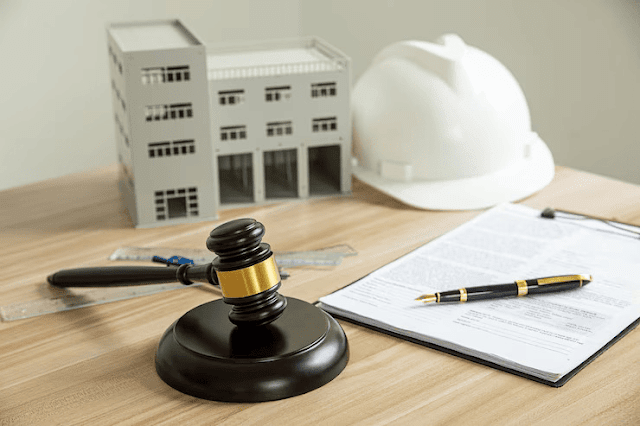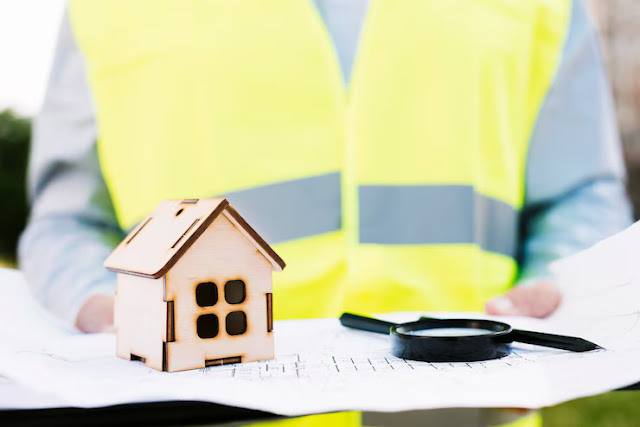California Roof Construction Defect Claims: Legal Rights & Remedies Explained
In California’s competitive construction industry, builders and contractors take great pride in delivering high-quality work that meets or exceeds client expectations. Still, even the most diligent professionals may find themselves facing a roof construction defect claim—often years after a project is completed. As a construction defect attorney, I work closely with builders, general contractors, and developers to navigate these claims, protect their reputations, and ensure they are treated fairly under the law. In this article, I’ll outline the legal framework for roof defect claims in California, your rights as a construction professional, and how to defend against or resolve claims effectively.
What Is a Roof Construction Defect?
A roof construction defect typically refers to a flaw in design, materials, or workmanship that leads to water intrusion, structural issues, or energy inefficiency. Common allegations include:
-
Improper installation of roofing materials
-
Faulty design in drainage systems
-
Use of inferior products
-
Code compliance failures
However, not all issues labeled as "defects" truly are. Environmental exposure, lack of maintenance, or third-party alterations can often be the real cause. A key part of defending against these claims is distinguishing between genuine construction defects and unrelated damage.
Legal Overview: Understanding SB 800 and Contractor Protections
California’s Right to Repair Act (SB 800) outlines how construction defect claims must be handled. While this law was designed to protect homeowners, it also establishes clear procedures and protections for builders and contractors.
Under SB 800:
-
Claimants must notify the builder of the alleged defect and allow for an inspection.
-
The builder is entitled to offer a repair or cash settlement before litigation can proceed.
-
This pre-litigation process gives builders the opportunity to resolve issues without going to court.
As a construction defect attorney, I ensure my builder clients receive fair notice, the right to inspect and respond, and that the process is followed in accordance with state law. If these procedures are ignored, we can challenge the claim’s validity in court.
The Importance of Timelines in Construction Defect Claims
Time is a critical factor in defending against roof defect claims. California law sets specific statutes of limitation and repose, including:
-
10 years from substantial completion for latent (hidden) defects
-
4 years for patent (visible) defects
-
2 years for breach of warranty claims
Builders are not liable indefinitely. When we represent contractors, we often begin our defense by examining whether a claim is barred by time limitations. In many cases, plaintiffs bring claims years after signs of damage were first discovered, making them vulnerable to dismissal.
Working with a Construction Attorney in Orange County
For builders and contractors operating in Southern California, retaining a construction attorney in Orange County with local experience can make all the difference. Our firm understands the unique challenges of working in this region—where the coastal environment, high property values, and complex zoning laws all increase the scrutiny placed on construction projects.
We support clients by:
-
Investigating claims with building envelope specialists and roof engineers
-
Identifying third-party liability (e.g., subcontractors or material suppliers)
-
Responding to SB 800 notices and negotiating pre-litigation resolutions
-
Defending against claims in court or arbitration
-
Managing insurance claims and coverage disputes
We also counsel builders during the design and construction process to mitigate future liability, including contract drafting, risk transfer strategies, and compliance documentation.
Common Defenses Against Roof Defect Claims
Builders facing a defect claim have multiple legal defenses, including:
-
Lack of Causation – Proving that the alleged defect did not cause the damage.
-
Improper Maintenance – Highlighting the owner's failure to maintain the roof, contributing to or causing the issue.
-
Third-Party Fault – Demonstrating that a subcontractor, architect, or separate vendor is responsible.
-
Statute of Limitations – Establishing that the claim was brought too late.
-
No Actual Defect – Arguing that the condition is not a defect under California law or accepted building standards.
We use a combination of expert reports, inspection records, and project documentation to build a strong case for our clients and push back on unsubstantiated claims.
Settlements and Risk Management Strategies
While we’re fully prepared to defend clients in court, early resolution can often be in a contractor’s best interest. Negotiated settlements, especially during the SB 800 pre-litigation process, can reduce legal expenses and preserve valuable business relationships.
We help contractors:
-
Evaluate the cost-benefit of repairs versus litigation
-
Work with insurance adjusters to secure coverage
-
Structure settlements that limit future liability
-
Ensure that all repair work is documented and compliant
Additionally, we advise on proactive strategies such as:
-
Regular project audits
-
Standardized quality control procedures
-
Comprehensive warranty documentation
-
Contractual indemnity clauses
These steps reduce future risk and strengthen our clients’ legal standing if a claim ever arises.
Summary: Defending Builders’ Rights in Roof Defect Cases
Roof defect claims in California can be complex, costly, and damaging to a builder’s reputation. But with the right legal counsel, contractors have powerful tools at their disposal to defend against these allegations and protect their business. As a construction defect attorney, my role is to stand with builders—ensuring they are treated fairly, that the law is properly followed, and that claims are resolved efficiently and effectively.
Whether you’re facing a notice of claim or looking to minimize future exposure, a skilled construction attorney in Orange County can provide the legal guidance you need. Don’t navigate this process alone—reach out for the strategic support and representation your construction business deserves.

.png)

Comments
Post a Comment